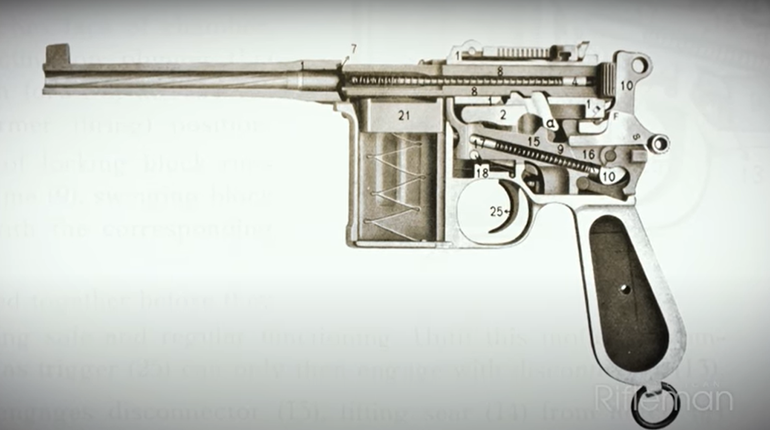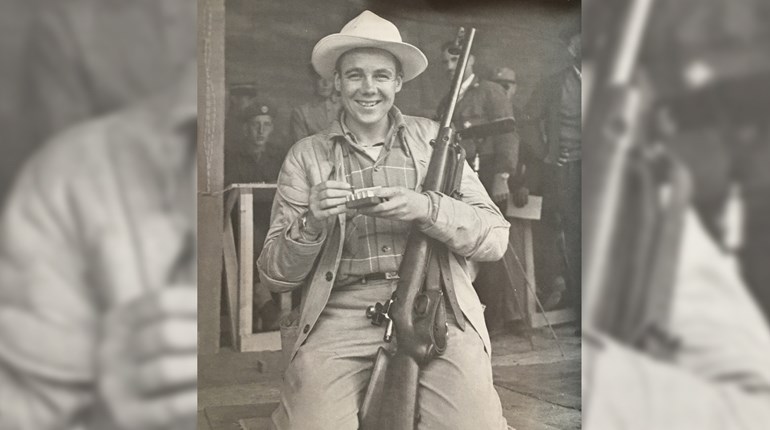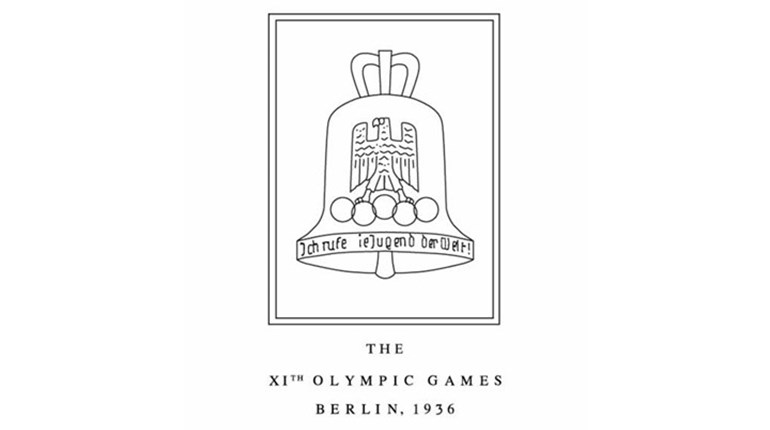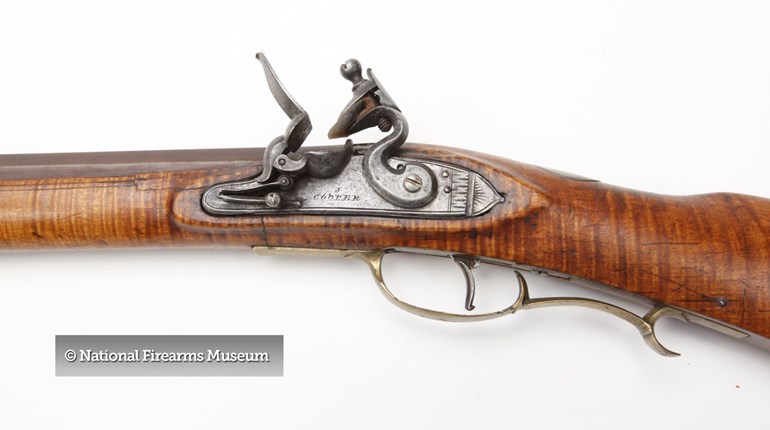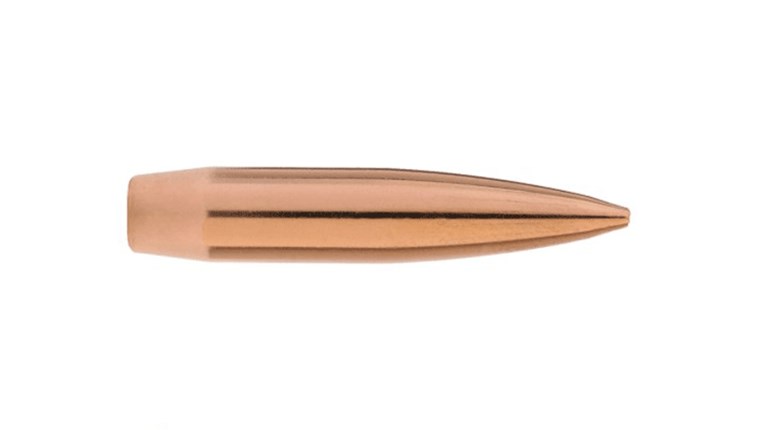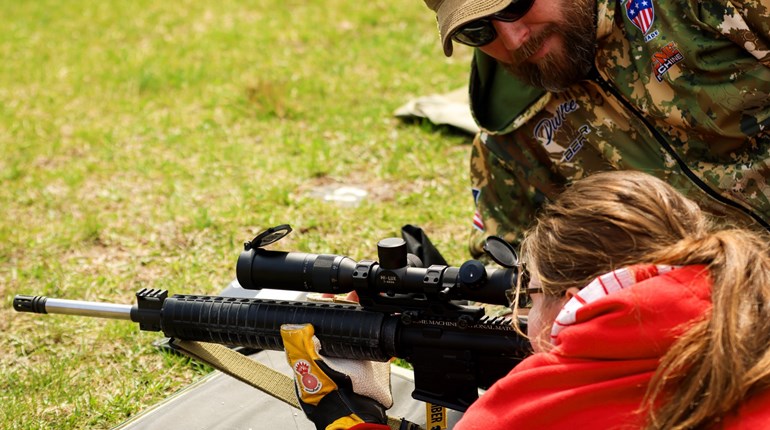
Mankind has always been fascinated by objects that fly through the air. Our predecessors quickly realized that harnessing the speed and power of such objects would provide them a powerful tool. Thus began a thread of technological development lasting thousands of years, starting with the rock, spear, sling, atlatl, bow...and eventually the gun. However, as nature gave up its secrets grudgingly, technology only advanced slowly for centuries. That all began to change in the 13th century, when Roger Bacon, Albertus Magnus and Berthold Schwartz ushered in the Age of Gunpowder. Little did they suspect at the time the major changes that gunpowder would create in the social order, political systems, military tactics, architecture, science and industry...nor that their discovery would create a new "class" of people: the gunners.
Gunnery is at once a science and an art. The science consists in varying parts of chemistry, metallurgy, engineering, physics, mathematics, geometry, ballistics and tactics. The art of gunnery comes from the ability to interpolate between the known and the unknown borders of science relying on experience and sober judgement tempered by prudence. These attributes can only be acquired by extensive study, experience and training. For these reasons, throughout history gunners have been considered special people quite apart from the rest of an army.
As early monarchs could not afford their full-time services, professional gunners became highly specialized mercenaries selling their skills wherever needed. Common uses for hired gunners were sieges and the defense of cities, ports and castles. Sieges often took months...even years. Wit the advent of cannon that could demolish defensive castle or city walls in a matter of hours, the tactics of sieges and their length changed dramatically.
Gunners closely held their expertise to maintain the value of their profession. It was common practice during a siege for gunpowder to be mixed and cannon cast on-site. During an engagement, gunners always held themselves apart from other members of an army, as they considered themselves a professional elite. In addition to cash payments for services rendered, gunners were normally given the church bells of a city after a successful siege. From such bells, more cannon could be cast.
Gunpowder forever changed military tactics by making it possible for the common foot soldier armed with a gun to defeat an armored knight of the nobility. This development doomed the feudal social and political system and enabled the rise of nation-states and absolute monarchs.
With the rise of nation-states, monarchs could afford the full-time services of professional gunners. This meant that they could incorporate gunners into the monarchs' standing professional armies. From this came the traditions of ordnance corps in military service. Ordnance officers brought a new level of professionalism to the science and art of firearms.













